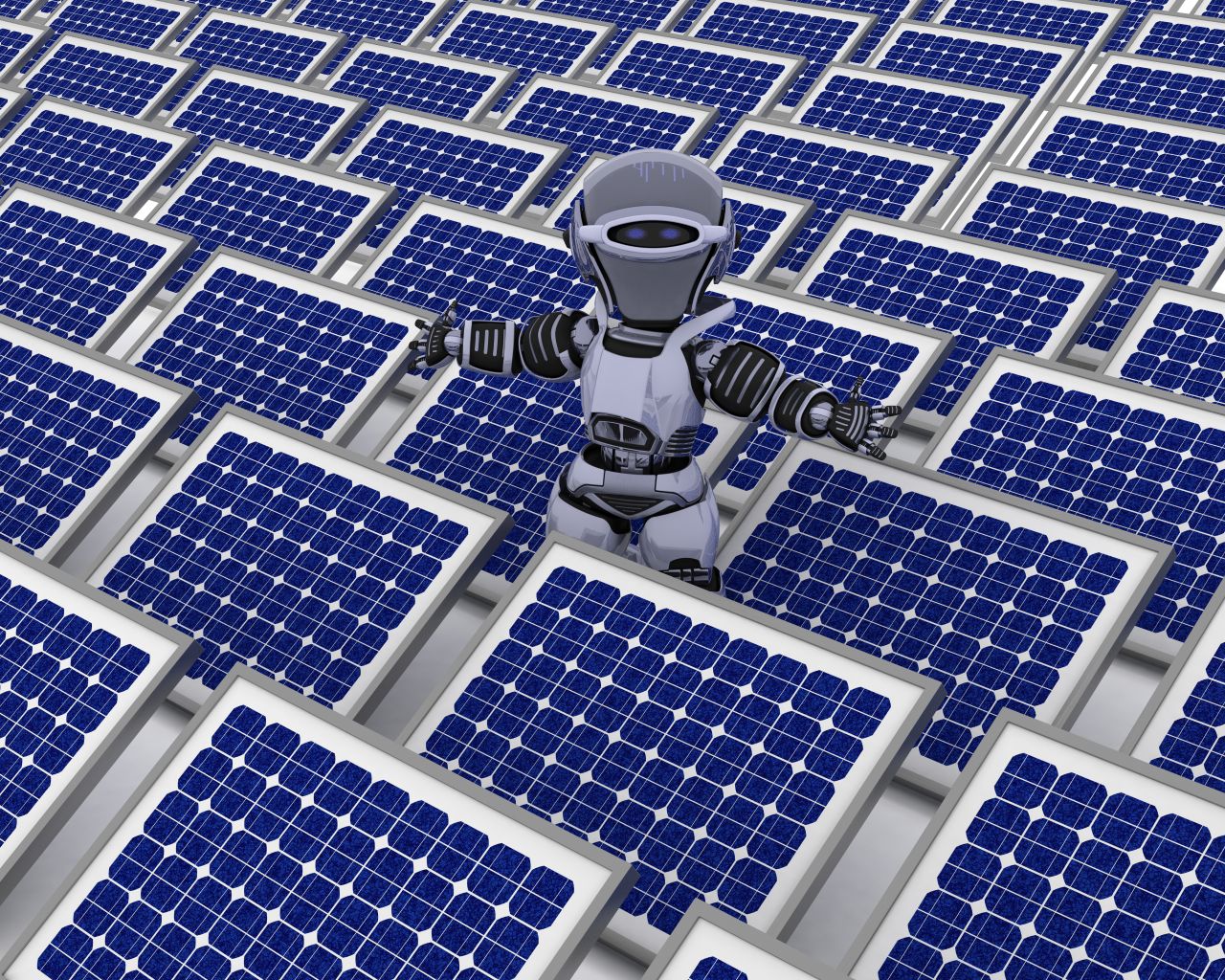Introduction
The renewable energy sector is undergoing a major transformation, driven by advancements in semiconductor technology. As the demand for clean and efficient energy sources grows, the need for high-performance, energy-efficient, and sustainable semiconductor solutions has never been greater. Innovations in wide bandgap materials, AI-driven manufacturing, quantum dots, and perovskite solar cells are reshaping the industry, enhancing power efficiency, and reducing production costs.
In 2025, cutting-edge technologies will accelerate the development of next-generation solar panels, smart grids, energy storage systems, and hydrogen production. This article explores the top semiconductor technology trends revolutionizing the renewable energy manufacturing industry.
1. Next-Generation Wide Bandgap (WBG) Semiconductors
Traditional silicon-based semiconductors are reaching their performance limits. In 2025, wide bandgap materials such as silicon carbide (SiC) and gallium nitride (GaN) are expected to dominate renewable energy applications.
Higher efficiency: WBG semiconductors operate at higher voltages and frequencies, reducing energy losses.
Better thermal performance: SiC and GaN generate less heat, leading to improved reliability.
Application in power electronics: Used in solar inverters, wind turbine controllers, and smart grids for enhanced energy conversion.

2. AI and Machine Learning in Semiconductor Manufacturing
Artificial intelligence (AI) is revolutionizing semiconductor fabrication by optimizing manufacturing processes and improving energy efficiency.
Predictive maintenance: AI-driven analytics detect faults in manufacturing equipment before failures occur.
Yield optimization: Machine learning algorithms analyse production data to minimize defects.
Process automation: AI enhances precision in wafer fabrication and material deposition, reducing waste.
3. Quantum Dots and Nanotechnology for High-Efficiency Solar Cells
Quantum dot technology is emerging as a game-changer for solar photovoltaics (PV).
Enhanced light absorption: Quantum dots capture a broader spectrum of sunlight, boosting efficiency.
Flexible and lightweight panels: Nanotechnology enables the production of ultra-thin, bendable solar panels.
Lower production costs: Quantum dot solar cells require fewer raw materials compared to traditional silicon-based PVs.

4. Advanced Semiconductor Recycling and Sustainability Initiatives
With the increasing focus on sustainability, semiconductor manufacturers are adopting eco-friendly practices.
Circular economy models: Companies are investing in semiconductor recycling to reduce electronic waste.
Water and energy conservation: New techniques in dry etching and plasma-based fabrication minimize resource consumption.
Green semiconductor materials: Research is underway to develop biodegradable and non-toxic semiconductor alternatives.
5. AI-Optimized Smart Grids for Renewable Energy Integration
Smart grids powered by AI-driven semiconductors are crucial for optimizing renewable energy distribution.
Real-time energy demand forecasting: AI algorithms predict power consumption patterns and adjust supply accordingly.
Grid stabilization: Semiconductors help regulate voltage fluctuations in solar and wind energy grids.
Decentralized energy storage: AI-controlled semiconductor devices manage energy flow in battery storage systems.

6. Edge Computing and IoT-Enabled Energy Management
The integration of Internet of Things (IoT) devices and edge computing is transforming renewable energy management.
IoT sensors in solar farms: Smart sensors track energy production and detect performance issues in real time.
Edge computing for faster data processing: Localized data analytics improve response times for energy optimization.
Energy-efficient semiconductor chips: Low-power chips enable real-time monitoring of power grids and storage systems.
7. Perovskite Solar Cells: The Future of Photovoltaics
Perovskite-based solar cells are gaining traction due to their high efficiency and low production costs.
Higher efficiency than silicon: Perovskite cells have reached efficiency levels above 30% in lab conditions.
Low-temperature fabrication: Unlike silicon wafers, perovskites can be processed at lower temperatures, reducing energy costs.
Commercial scalability: Companies are exploring ways to mass-produce perovskite solar cells for mainstream adoption.

8. Semiconductor Innovations for Hydrogen Energy Production
Hydrogen energy is becoming a key player in the renewable energy transition, and semiconductor technologies are crucial for improving hydrogen production.
Photocatalytic water splitting: Semiconductor materials enable direct hydrogen production from sunlight and water.
Efficient electrolysers: Advanced semiconductors enhance the performance of proton exchange membrane (PEM) electrolysers.
Integration with renewable sources: Smart semiconductor controllers optimize hydrogen production based on solar and wind energy availability.
9. 3D Semiconductor Packaging for Energy-Efficient Devices
Traditional 2D semiconductor designs are being replaced by 3D packaging for improved performance and energy efficiency.
Higher transistor density: 3D chip stacking allows for more transistors in a smaller space.
Better heat dissipation: Advanced thermal management techniques improve semiconductor longevity.
Lower power consumption: 3D semiconductor structures reduce energy losses in solar and wind power electronics.

10. AI-Driven Quality Control in Semiconductor Fabrication
Quality control in semiconductor manufacturing is critical for ensuring reliability in renewable energy applications.
AI-powered defect detection: Machine learning models analyse wafers for micro-defects.
Automated process control: AI optimizes semiconductor deposition and lithography for precision manufacturing.
Enhanced supply chain management: AI-driven logistics ensure a steady supply of semiconductor materials.
Conclusion
The rapid advancements in semiconductor technology are paving the way for a more sustainable and energy-efficient future. Innovations such as AI-driven manufacturing, quantum dot solar cells, perovskite photovoltaics, and wide bandgap semiconductors are optimizing energy generation, storage, and consumption. As smart grids, IoT-enabled energy management, and hydrogen energy production gain traction, semiconductor manufacturers will play a crucial role in driving the renewable energy revolution.
The future of renewable energy semiconductor manufacturing lies in continuous innovation, pushing the boundaries of efficiency, scalability, and environmental sustainability. By embracing these emerging technologies, the industry is set to accelerate the global transition toward clean, renewable energy solutions in 2025 and beyond.
